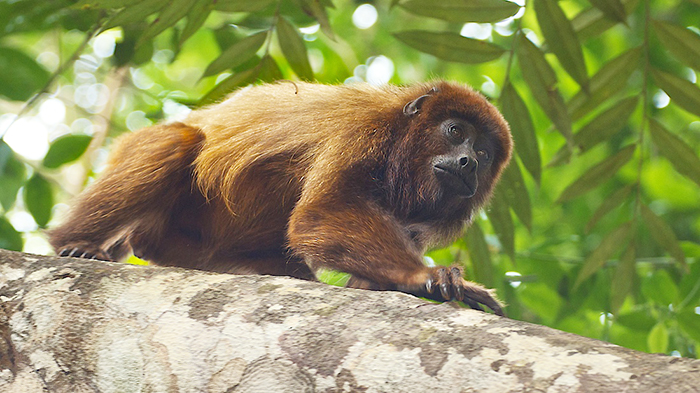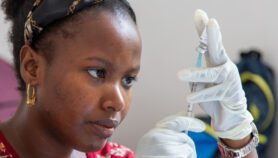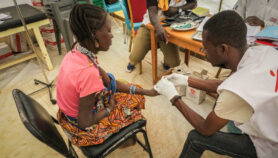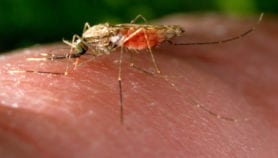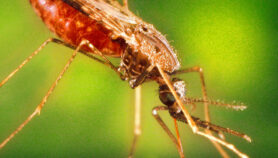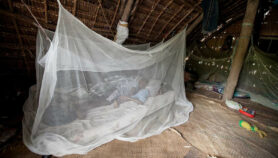By: Meghie Rodrigues
Send to a friend
The details you provide on this page will not be used to send unsolicited email, and will not be sold to a 3rd party. See privacy policy.
[RIO DE JANEIRO] A parasite that causes malaria in monkeys infected 50 people between 2015 and 2016 in Rio de Janeiro, in the Mata Atlântica region.
The Mata Atlântica is a region with high-density forests that covers the South and Southeast of Brazil, home to 70 percent of the country's population.
The finding, published in the journal The Lancet Global Health, is based on research carried out by a team of scientists from the Oswaldo Cruz Foundation in Rio de Janeiro.
The first molecularly confirmed cases of malaria transmission from monkeys to humans were reported in early 2000s, in Southeast Asia. Rio de Janeiro is the second part of the world to confirm this type of transmission.
Most cases of malaria seen in Brazil occur in the Amazon and are thought to be caused by the parasite Plasmodium vivax, said Anielle de Pina-Costa, co-author of the study, in an interview with SciDev.Net. But after DNA testing on the blood of infected people in Rio de Janeiro, the team found that their disease was caused by the Plasmodium simium parasite, not P. vivax.
“It is not alarming [to see the cases of monkey malaria] because everything indicates that the disease is not transmitted from person to person, and the transmission rate is low.”
Ricardo Gazzinelli
This parasite may have always infected people in this region but gone misdiagnosed as P. vivax, they write, because molecular typing techniques were not available.
“The cases were wrongly diagnosed because there was no adequate tool to differentiate between the parasites, which are very similar,” explained Cristiana Brito, also a co-author of the study.
To overcome this problem, scientists developed a technique to perform genetic analysis of the parasite’s mitochondria. “Such level of detail is necessary to differentiate between vivax and simium types”, said Cláudio Ribeiro, one of the lead authors of the study, in an interview with SciDev.Net.
“The malaria of the monkey [simian] type present in the Mata Atlântica is relatively more benign than the vivax type of the Amazonian [region],” notes Brito. “The research currently being undertaken by our group aims to determine if the simium is a variation of the vivax or if it is a totally new type.”
Both types of malaria produce similar symptoms in people who catch it — high fever, chills, headaches and muscular pains — although those of ‘monkey malaria’ are more benign than those of the vivax type. Treatment is the same, with a combination of antimalarials such as chloroquine and primaquine.
"It is not alarming [to see the cases of monkey malaria] because everything indicates that the disease is not transmitted from person to person, and the rate of transmission is low," says Ricardo Gazzinelli, a researcher at Fiocruz, who is not linked to the study. However, he admits that the fact that primates do not show symptoms "hampers efforts to eliminate the disease".
This piece was originally published by SciDev.Net’s Latin America and Caribbean desk


